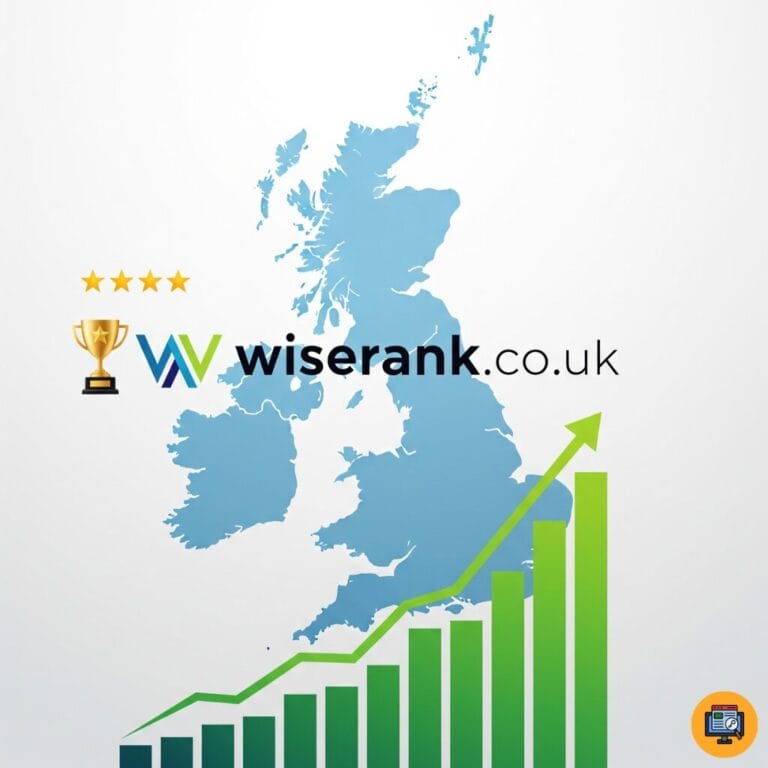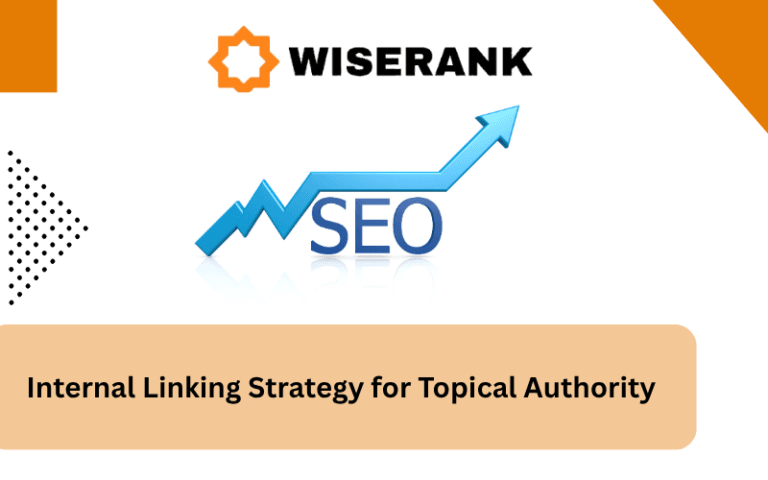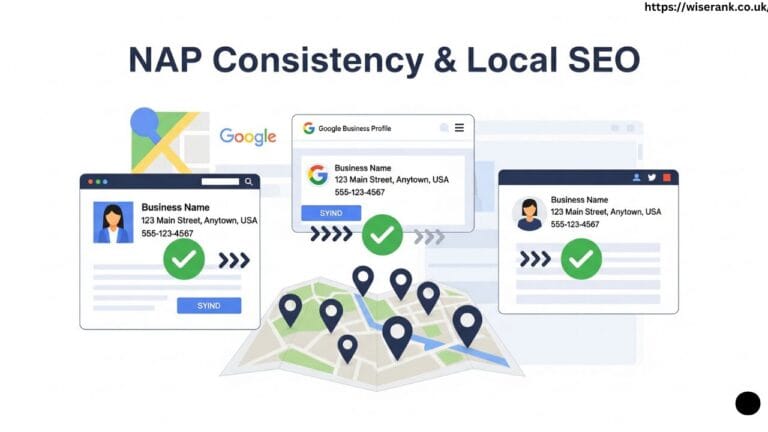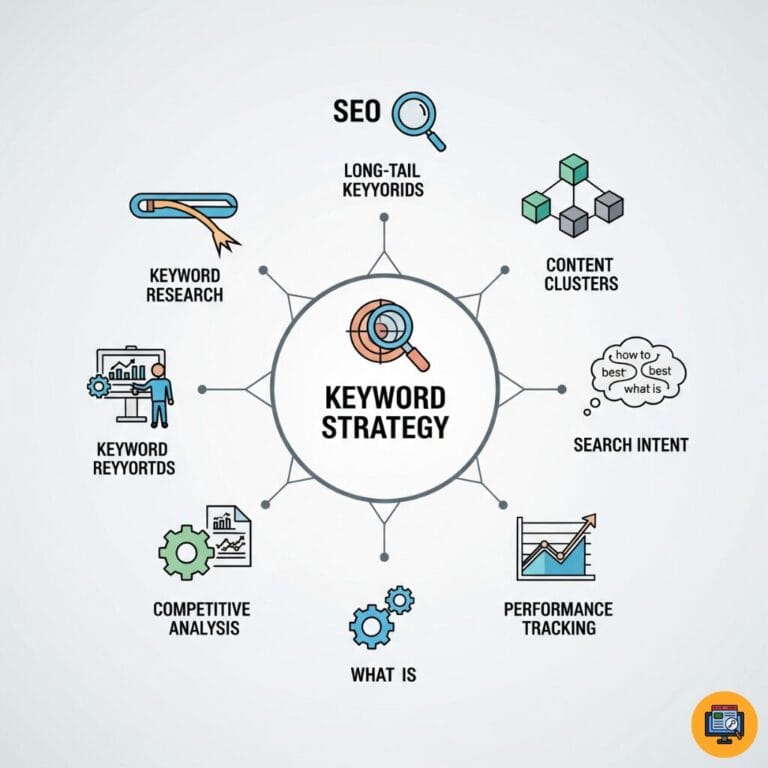Do Backlinks Really Still Matter in 2025?
Backlinks remain one of the most powerful ranking factors in Google’s algorithm despite years of predictions that they would become obsolete. While the SEO landscape evolves constantly, quality backlinks continue to signal trust, authority, and relevance to search engines.
Some marketers question whether backlinks still matter as Google’s algorithm becomes more sophisticated. The short answer is yes, backlinks absolutely still matter, but the way you build them has changed dramatically from practices used a decade ago.
What Google Actually Says About Backlinks
Google has consistently confirmed that backlinks remain an important ranking signal. In various statements, Google representatives have acknowledged that links help them understand which pages provide valuable information worth ranking.

However, Google emphasizes that link quality matters far more than quantity. A single link from a trusted authoritative website carries more weight than hundreds of links from low-quality directories or spam sites.
Google’s Official Stance
Google’s search quality guidelines explicitly state that links serve as recommendations from one site to another, helping them identify which pages deserve to rank for specific queries and topics.
How the Algorithm Uses Links
Google’s algorithm analyzes the linking site’s authority, evaluates relevance between linked content, examines anchor text for context, and considers link placement and surrounding content to determine value.
Evolution of Link Evaluation
Google’s systems have become more sophisticated at identifying natural versus manipulative link patterns, understanding context and relevance beyond simple link counting, and recognizing quality signals that indicate genuine editorial endorsements.
Research and Data Proving Backlinks Work
Multiple industry studies demonstrate the correlation between backlinks and higher search rankings. While correlation does not prove causation, the consistent patterns across millions of data points provide compelling evidence.
Backlinko’s analysis of 11.8 million search results found that pages with more referring domains rank higher on average. Ahrefs’ study of two million keywords showed that the number one ranking page has an average of 3.8 times more backlinks than positions two through ten.
Study Results from Major SEO Tools
Research consistently shows pages ranking in top positions have significantly more backlinks than lower-ranking pages, quality backlinks from relevant sites correlate with better rankings, and diverse link profiles with links from multiple domains outperform concentrated link profiles.
Real-World Ranking Examples
Websites that build quality backlink profiles consistently see ranking improvements, new sites struggle to rank for competitive terms without earning backlinks, and established sites maintain rankings partly through accumulated link authority over time.
Quality Over Quantity: What Makes Backlinks Valuable
Not all backlinks provide equal value. A link from Harvard University or the New York Times carries exponentially more weight than a link from a random blog with no authority.
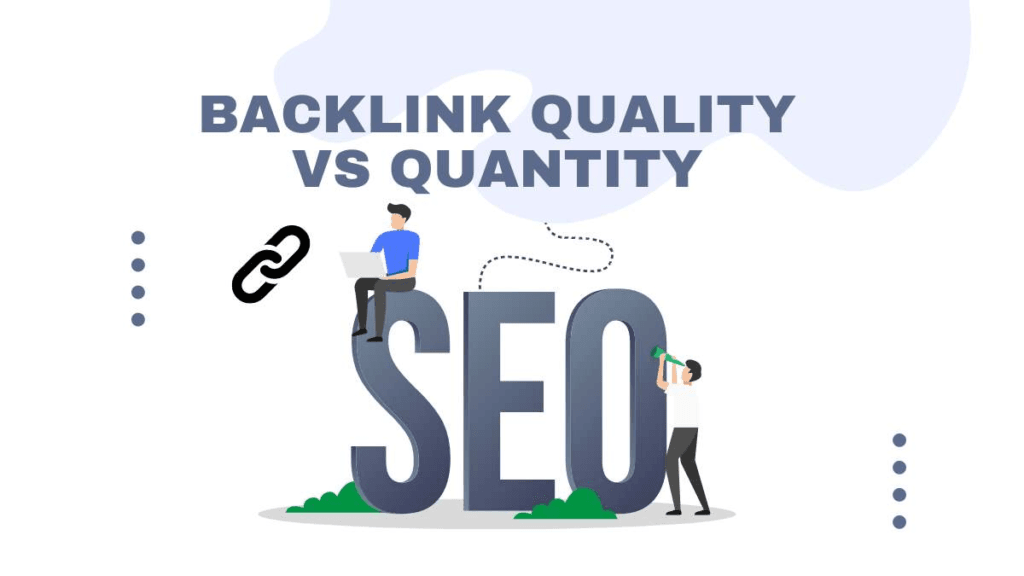
Google evaluates backlink quality based on multiple factors that determine how much authority and trust each link passes to your site.
Authority of the Linking Domain
Links from websites with high domain authority pass more value, sites trusted by Google transfer more ranking power, established websites in your industry provide more relevant authority, and government and educational sites often carry significant weight.
Relevance Between Sites
Links from websites in related industries matter more, topically relevant linking pages provide stronger signals, contextually related content creates more valuable connections, and irrelevant links from unrelated sites provide minimal benefit.
Editorial vs Paid Links
Editorially earned links signal genuine value, paid or sponsored links must be marked as nofollow, natural link acquisition follows Google’s guidelines, and manipulative link schemes violate search quality guidelines.
Link Placement and Context
Links within main content carry more weight, contextual links surrounded by relevant text perform better, footer and sidebar links provide less value, and natural placement within useful content signals quality.
Why Backlinks Won’t Become Obsolete?
Some SEO professionals predict backlinks will eventually lose importance as Google develops better ways to evaluate content quality. However, several factors suggest backlinks will remain crucial.
Links represent external validation that cannot be manipulated as easily as on-page factors. While you control everything on your own site, you cannot control whether other websites link to you without earning those links through quality.
Links as Democratic Votes
Backlinks function as votes from other websites recommending your content, creating a democratic system where quality content naturally earns recognition, preventing individual sites from simply declaring themselves authoritative, and requiring external validation from peers and users.
Difficulty of Manipulation
Quality backlinks are harder to fake than on-page signals, earning editorial links requires genuine value creation, manipulative link schemes get detected and penalized, and sustainable ranking requires authentic authority building.
No Better Alternative Yet
Google has not developed a superior method for measuring authority, user engagement metrics can be gamed or misinterpreted, content quality assessment remains imperfect, and external validation through links provides reliable signals.
How Link Building Has Changed Since 2010?
Link building tactics from a decade ago no longer work and often result in penalties. Modern link building focuses on earning links naturally through value creation rather than manipulative tactics.
The shift from quantity to quality has fundamentally changed effective link building strategies.
Old Tactics That Don’t Work
Article directories and link farms now trigger penalties, mass directory submissions provide no value, automated link building programs damage rankings, exact match anchor text over-optimization appears manipulative, and reciprocal link exchanges solely for SEO violate guidelines.
Modern Strategies That Work
Creating link-worthy content assets attracts natural links, digital PR campaigns earn media coverage, genuine relationship building leads to natural mentions, guest posting on quality sites builds authority, and broken link building provides value to webmasters.
Focus on Earned Links
The best backlinks come from content so valuable that others naturally reference it, building genuine industry relationships that lead to organic mentions, becoming a trusted resource that journalists and bloggers cite, and creating original research or data that others want to share.
Different Types of Backlinks and Their Impact
Understanding the various types of backlinks helps you prioritize your link building efforts toward the most valuable opportunities.
Not all link types provide the same SEO value or require the same effort to acquire.
Editorial Links
Editors and writers naturally choose to link to your content because it provides value to their readers, appearing in blog posts and articles as genuine references, requiring no outreach or relationship building, and representing the highest quality backlinks.
Guest Post Links
Author bio or contextual links from guest contributions on relevant industry sites require building relationships with editors, providing value through quality content, and following best practices to avoid appearing manipulative.
Resource Links
Links from curated resource pages or directories that genuinely help users find valuable information, requiring creation of link-worthy resources, and providing sustainable long-term value.
Broken Link Replacements
Links earned by finding broken links on other sites and suggesting your content as a replacement, helping webmasters fix problems on their sites, and creating win-win situations for both parties.
Strengthen Your Site Authority with a Complete Off-Page SEO Strategy
Backlinks remain one of the most powerful ranking factors in 2025, but they’re just one part of a broader off-page SEO strategy. Off-page SEO focuses on building your website’s credibility, trust, and authority across the web through high-quality backlinks, brand mentions, social signals, and digital PR. When combined with strong on-page optimization, off-page SEO helps your site earn higher rankings, attract consistent referral traffic, and establish a long-term competitive edge. To truly dominate search results, focus on a complete off-page strategy that amplifies your backlink efforts and strengthens your overall online presence.
Common Myths About Backlinks Debunked
Several misconceptions about backlinks persist in the SEO community. Understanding the truth helps you build more effective link building strategies.

Myth: More Links Always Mean Better Rankings
Reality is that quality matters far more than quantity, one authoritative link outweighs hundreds of low-quality links, and spammy link profiles can trigger penalties regardless of volume.
Myth: Nofollow Links Are Worthless
Reality shows nofollow links still drive referral traffic, contribute to natural link profiles, and help with brand awareness even without passing PageRank directly.
Myth: You Can Buy Your Way to Rankings
Paid links violate Google’s guidelines, purchased link schemes risk manual penalties, and sustainable rankings require earned authority through genuine value creation.
Myth: Backlinks Are the Only Ranking Factor
Content quality remains essential for rankings, user experience signals influence results, and technical SEO factors affect crawlability and indexing despite backlinks being important.
Building Backlinks Safely in 2025
Modern link building requires patience, quality focus, and ethical practices that align with search engine guidelines.
The safest approach involves creating genuinely valuable content and building real relationships within your industry.
Focus on Value Creation
Create content worth linking to naturally, provide unique insights or original research, solve problems better than competing resources, and make your content the obvious choice for citations.
Build Genuine Relationships
Connect with industry peers and influencers authentically, provide value before asking for anything, collaborate on mutually beneficial projects, and think long-term rather than transactional exchanges.
Earn Links Through Excellence
Become the go-to resource in your niche, publish consistently high-quality content, share expertise generously, and build reputation that naturally attracts links and mentions.
Monitor and Maintain Quality
Regularly audit your backlink profile for toxic links, disavow spam or manipulative links if necessary, track link growth and quality metrics, and maintain natural link velocity that doesn’t appear suspicious.
Backlink Velocity: How Fast Should You Build Links?
Link velocity refers to the speed at which you acquire new backlinks. Natural link growth happens gradually over time, while sudden spikes in backlinks can trigger spam detection algorithms.
Building links too quickly appears manipulative to search engines and raises red flags. A sustainable approach focuses on steady, natural growth that mirrors how real authority builds organically.
Natural Link Building Pace
Follow these guidelines for safe link velocity:
- New sites should start slowly with 5-10 quality links monthly
- Sudden spikes of hundreds of links appear suspicious
- Gradual acceleration matches natural growth patterns
- Established sites can handle faster growth sustainably
- Monitor monthly link acquisition rates for consistency
- Avoid automated tools creating unnatural velocity
- Natural authority builds over months and years, not days
Balancing Backlinks with Other SEO Factors
While backlinks remain important, they work best as part of a comprehensive SEO strategy that includes strong on-page optimization and technical excellence.
Relying solely on backlinks without quality content or good user experience limits your potential success.
On-Page SEO Foundation
Quality content satisfies user intent completely, proper keyword optimization helps Google understand topics, technical SEO ensures crawlability and indexing, and user experience keeps visitors engaged once they arrive.
Content Quality Requirements
Even with strong backlinks, thin or low-quality content struggles to rank permanently, user engagement signals influence rankings increasingly, and content must deliver on the promise that earned the backlink.
Technical Performance
Page speed affects both user experience and rankings, mobile optimization is essential with mobile-first indexing, Core Web Vitals contribute to page experience signals, and technical issues can prevent even well-linked pages from ranking.
Your Backlink Strategy for Long-Term Success
Building a sustainable backlink profile requires strategic planning and consistent effort focused on quality. Start by creating link-worthy content assets like original research, comprehensive guides, useful tools, and unique industry perspectives that naturally attract links.
Build genuine relationships by engaging with industry influencers authentically, contributing value through expertise sharing, and collaborating on mutually beneficial projects. Focus on providing value before making any asks or requests for links.
Monitor your progress through regular backlink audits, track domain authority growth, measure referral traffic from links, and analyze which content types earn the most natural backlinks. Remember that quality backlinks accumulate over time through consistent value creation and ethical practices that align with Google’s guidelines.


